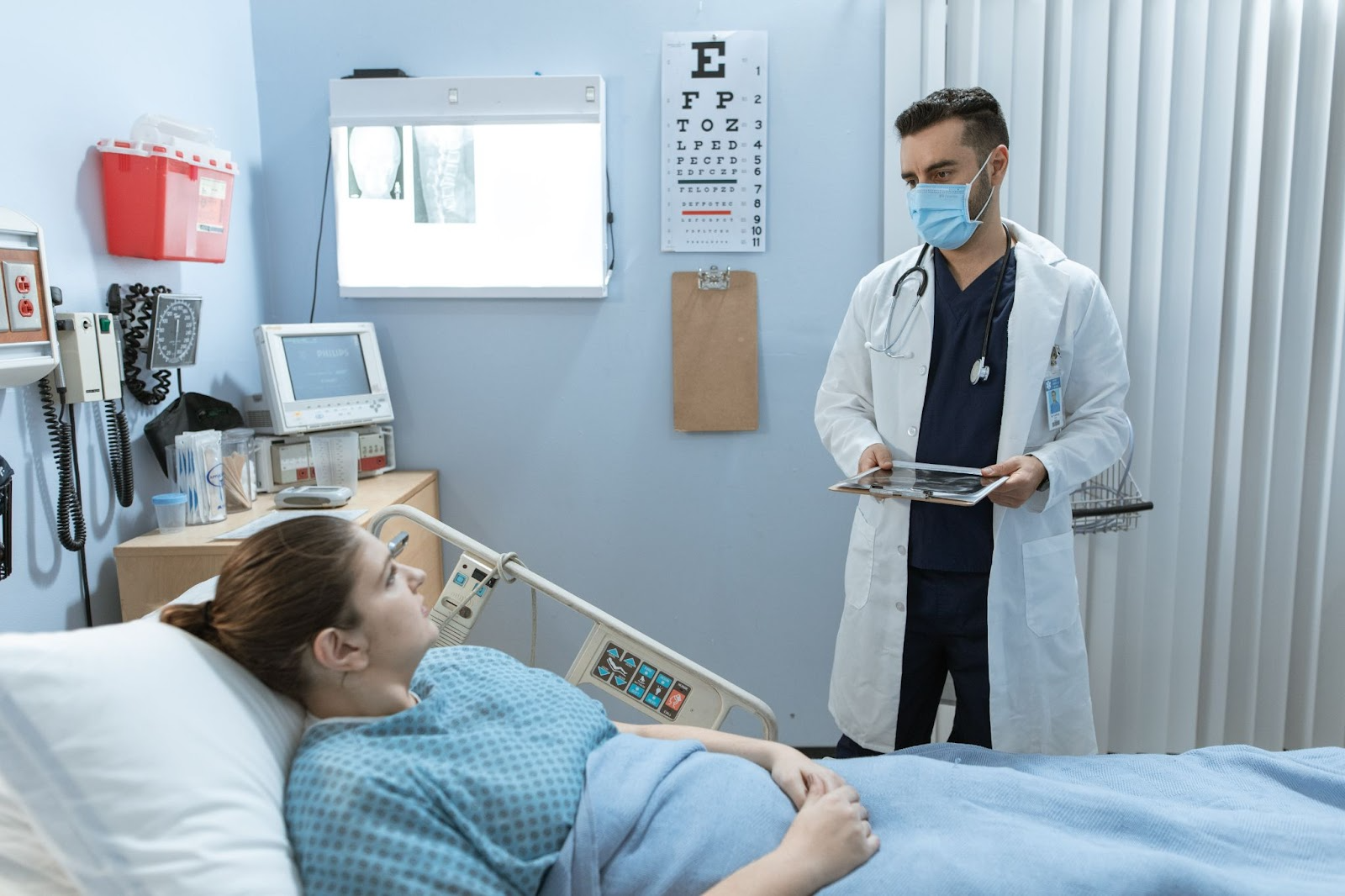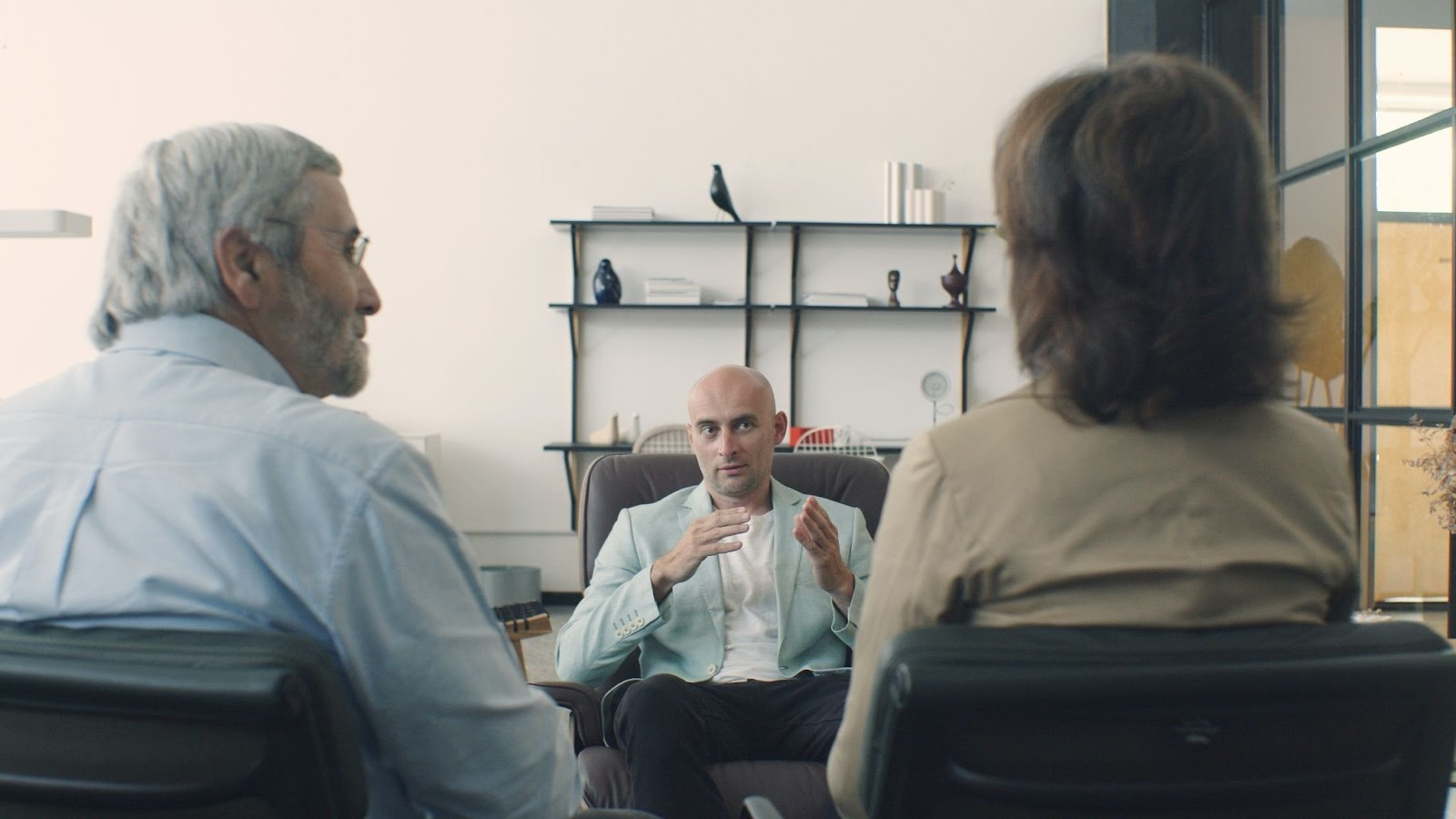How to Effectively Communicate With Patients While Wearing a Face Mask
Face masks are essential to blocking potentially dangerous and harmful airborne particles from entering the nose and mouth. However, the downside is that the face masks and respirators currently used in hospitals can make it challenging to communicate clearly, and it’s actually very serious. Healthcare workers need to be able to communicate clearly with each other, especially in high-stress emergency situations. Doctor-patient communication is essential as well. Patients need to understand diagnoses and next steps while also feeling safe and cared for.
Whether a patient is hard of hearing, deaf, or simply having trouble hearing in the current environment, healthcare workers should take steps to proactively make communication more effective. Here are a few ways to improve doctor-patient communication while wearing a face mask.
1. Speak Loudly and Clearly
When wearing a face mask, make it a point to speak loudly and slowly, as well as pronouncing each word. (Although, make sure you’re not shouting.) Face masks can muffle sound, so you must actively work to speak through them to get your message out clearly. If a patient still has difficulty hearing you, try moving to a quieter location or removing distractions (even shutting an office door).
2. Focus on Body Language and Using Your Hands
Facial expressions and lip reading help us better understand what someone is saying and how they feel. However, a face mask takes this part of communication away, so you may need to be more aware of your body language. Body language can help us interpret someone’s attitude, emotions, and intent. When speaking to a patient, make sure you’re facing them, maintaining clear eye contact, and using hand gestures to help get your point across.
3. Ensure The Patient Understands
Photo by RODNAE Productions via Pexels
Check in with the patient to make sure they understand what you’re saying, and give them time to ask questions. Remember, a patient may experience emotional shock when hearing an initial diagnosis. Practice empathy and give them time to process and repeat questions, answers, and next steps as needed.
It’s also helpful to get verbal confirmation from a patient. Ask them to repeat back their questions and next steps, and ask if they understand.
4. Suggest Help From a Family Member or Significant Other
Photo by Kampus Production via Pexels
While patients can see their test results and visit notes in a patient portal after an appointment, this written confirmation isn’t always available in real-time. If a patient is having trouble understanding in real-time, it may be helpful to suggest a family member or significant other is in attendance who understands and can take notes. Additionally, this person can help make sure their loved one understands at the moment to help provide verbal communication.
5. Use a Transparent Face Mask, Like Teal Bio’s Reusable Respirator
Transparent face masks have the ability to break down some of the barriers traditional opaque face masks present. A 2022 study evaluating the ability to communicate using transparent face masks found that over 75% of participants were able to identify the emotions expressed by the speaker, and the majority felt that communication was improved. Comparatively, less than 25% of participants could identify emotion when the speaker wore an opaque N95 mask. These results demonstrate that a transparent face mask may be beneficial in improving patient communication compared to opaque single-use masks. That said, the Teal Bio Reusable Respirator is constructed of a clear, silicone mask body which allows patients to see healthcare workers’ facial expressions and read their lips. The transparent design is intended to improve a patient’s overall care by improving doctor-patient communication. Additionally, it may allow healthcare workers to communicate more clearly with each other when discussing a patient’s care plan.
Establish a Good Doctor-Patient Relationship
In addition to breaking down barriers caused by face masks, it’s on physicians to improve patient communication by encouraging open dialogue, providing a space where patients feel safe discussing their issues, establishing trust, and practicing empathy. Doctors should also be able to clearly communicate the reasoning behind their treatment recommendations, and patients must speak up when something isn’t clear.
Fostering a good doctor-patient relationship is important, as it could be imperative to a patient’s care. Taking these steps to build a good relationship and communicate more clearly while wearing a face mask — and potentially switching to a transparent one — could make all the difference.
Read More:





